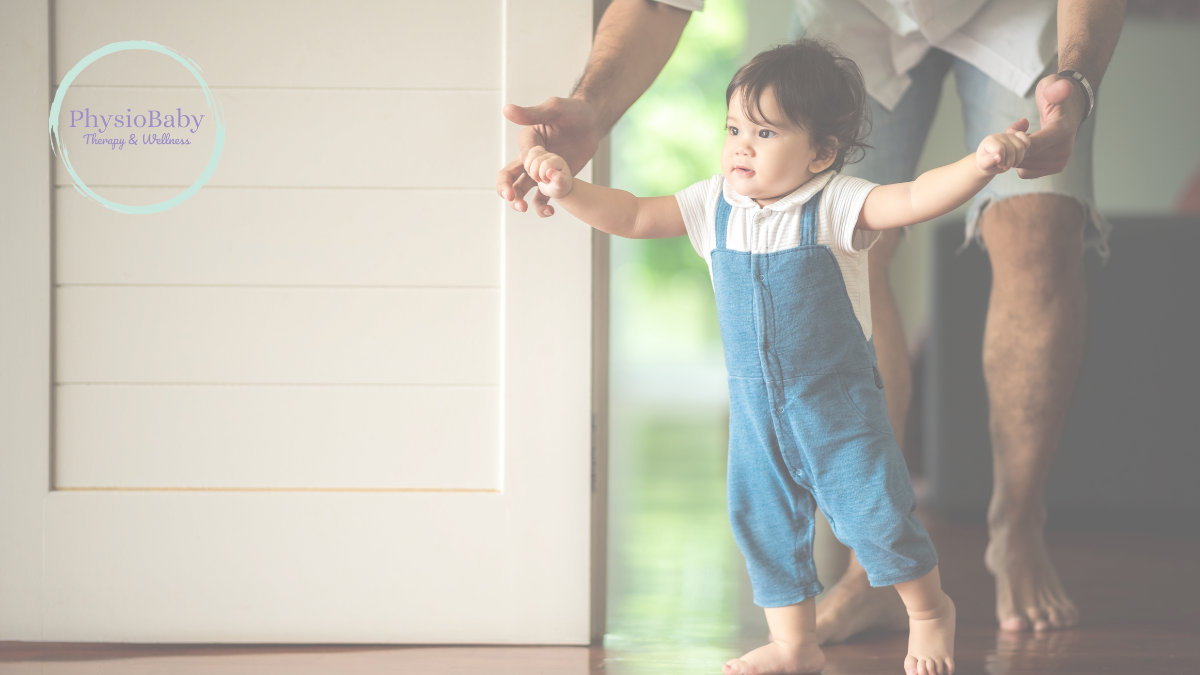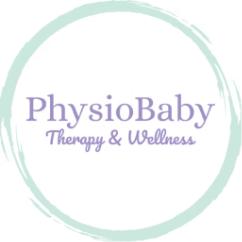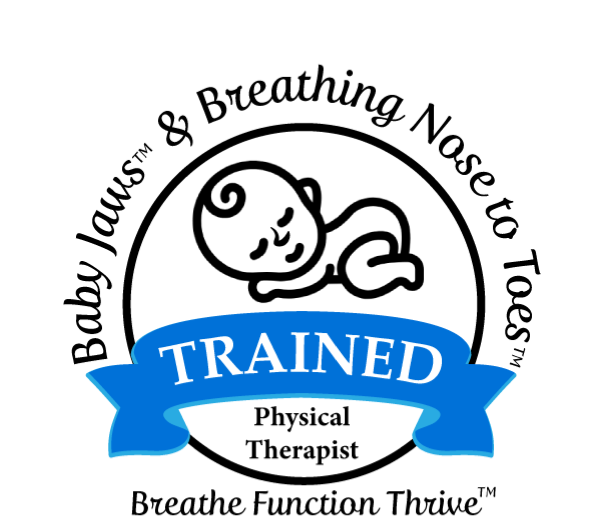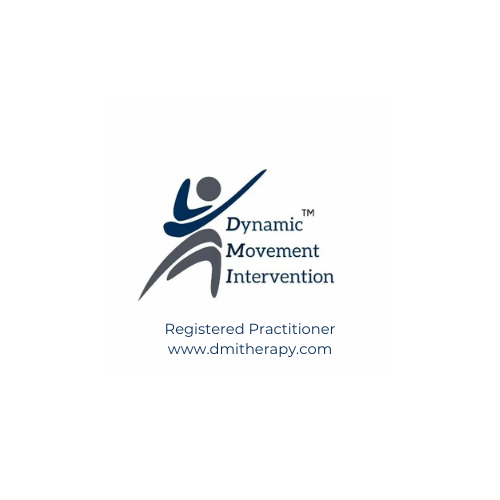
Children can present with gross motor coordination concerns for a variety of reasons or no known root cause at all. Regardless of the cause, most children experience improvement in their mobility, strength and overall quality of life when engaging in physical therapy support.
But what happens after PT support in the clinic?
Fortunately for parents and caregivers of children with coordination disorders, there are various exercises that are both fun and effective at promoting continued strength and functionality. These engaging activities are designed to make therapy enjoyable for children while addressing their specific needs.
Balloon Volleyball
Balloon volleyball is an excellent exercise that improves hand-eye coordination, balance, and upper body strength in kids with coordination disorders. All you need is a balloon and a soft surface to play on. Have the child sit or stand, and then gently tap the balloon back and forth. Encourage them to use both hands to hit the balloon, promoting bilateral coordination. This game not only enhances physical skills, but also provides a lot of fun and laughter.
Animal Walks
Transforming therapy into an exciting adventure, animal walks mimic the movements of various animals. For example, you can ask the child to crawl like a bear, hop like a frog, or waddle like a penguin. These exercises improve gross motor skills, balance, and core strength. Plus, it’s a delightful way for kids to explore their imagination while working on their physical abilities.
Obstacle Courses
Create obstacle courses using everyday items like pillows, cushions, and toys. Encourage the child to navigate through these courses, climbing over and crawling under obstacles. Obstacle courses help develop motor planning skills, balance, and problem-solving abilities. You can make it even more exciting by timing them to see if they can complete the course faster each time.
Dance Therapy
Dancing is a fantastic way to improve coordination and rhythm while having a blast. Play some music and encourage your child to move to the beat. You can modify the movements based on their abilities, from simple hand gestures to gentle swaying. Dance therapy also enhances social interaction, self-expression, and self-confidence.
Yoga and Stretching
Yoga and stretching exercises can help improve body awareness, flexibility, posture, and muscle tone. Introduce basic yoga poses like the child’s pose or the cobra stretch. Use colorful yoga mats and props to make it more engaging. Breathing exercises incorporated into yoga can also help children with coordination disorders relax and manage stress.
Tandem Biking
If possible, biking is an excellent outdoor activity for kids with coordination disorders. Riding with a parent or therapist on a specially selected bike can help improve leg strength, balance, and cardiovascular fitness. It’s an enjoyable way to explore the outdoors and build a sense of adventure.
Incorporating fun and effective exercises into the daily routine of a child with coordination disorders can make a significant difference in their physical development and overall well-being. These activities not only address specific therapy goals but also promote enjoyment and motivation. Remember that every child is unique, so it’s essential to tailor exercises to their individual needs and abilities. Always consult with a pediatric physical therapist for guidance and support in designing an exercise program that suits your child’s requirements. With creativity, patience, and a positive attitude, you can turn therapy into a rewarding and enjoyable experience for your child with coordination issues.


